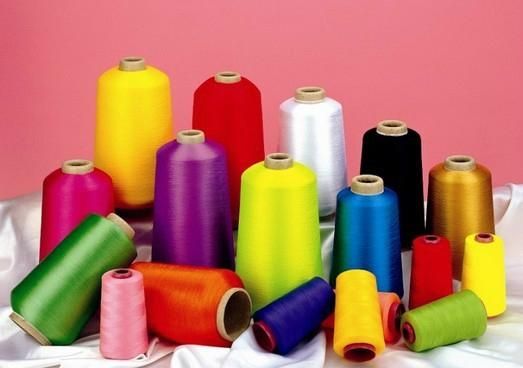What is the material of imitation nylon and what is the difference between nylon?
Imitation nylon is actually polyester, and there is a fundamental difference between polyester and nylon. Polyester is also called Dacron, and nylon is also called nylon; Polyester is firm and wrinkle free, while nylon is sturdy and wear-resistant; Polyester has high strength, good impact resistance, heat resistance, corrosion resistance, moth resistance, acid and alkali resistance, and good light resistance (second only to acrylic fiber). After 1000 hours of exposure to sunlight, it maintains a strength of 60-70%, has poor moisture absorption, is difficult to dye, is easy to wash and dry, and has good shape retention; The biggest advantage of nylon is its durability and wear resistance, making it the best choice. Low density, lightweight fabric, good elasticity, fatigue resistance, good chemical stability, alkali resistance but not acid resistance!

Article source: Nylon colored yarn
-
05-27
The reason why fabrics containing spandex are prone to yellowing
Spandex is a commonly used fiber variety in our daily lives, characterized by good elasticity, low fineness, high elastic modulus (cracking elongation can reach 400-800), and low specific gravity. Spa
-
04-24
Colored non dyed nylon with synthetic fiber raw material
The current conventional fiber coloring mostly uses yarn dyeing method, which has long process, high loss, high cost, and the product has color difference and low color wash fastness. Yarn is prone to
-
03-26
What are the characteristics of non dyed spandex?
Non dyed spandex has also been widely used in recent years. Non dyed spandex fiber can be blended with fibers such as nylon, polyester, acrylic, cotton, wool, etc., which can give fabrics excellent el
-
02-24
The influence of yarn structure on fabrics
The basic characteristics of yarn include its appearance and shape, twisting characteristics, fiber transfer and distribution characteristics in the yarn, as well as the surface fuzz and internal loos
